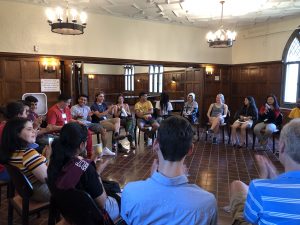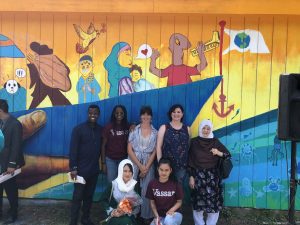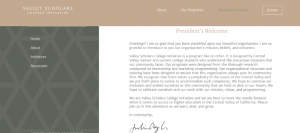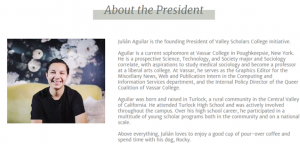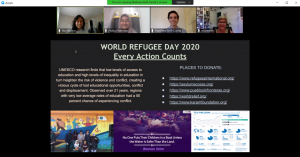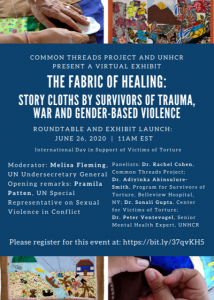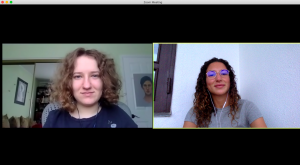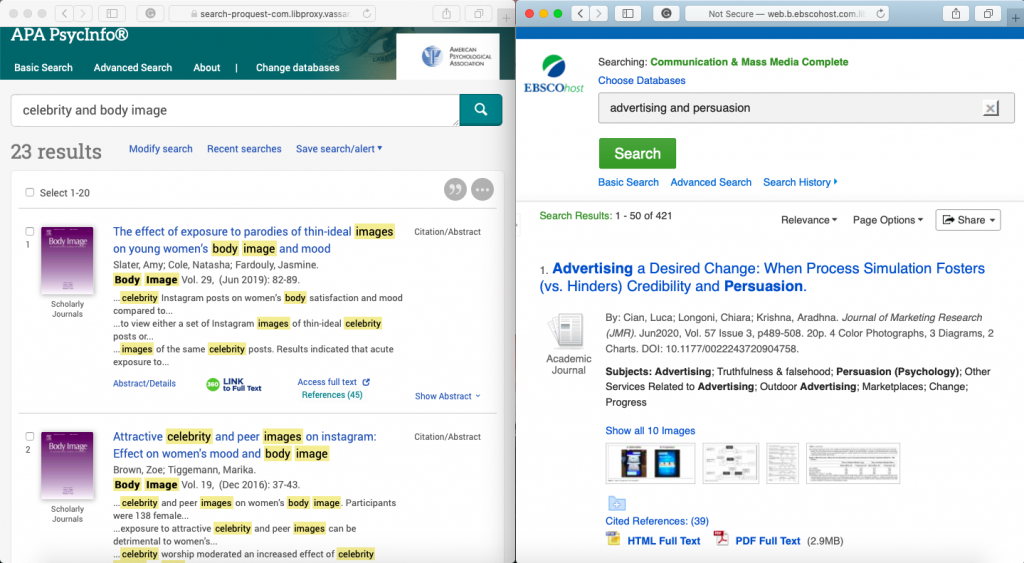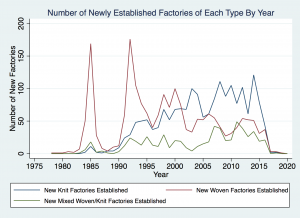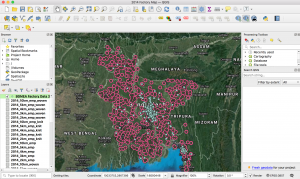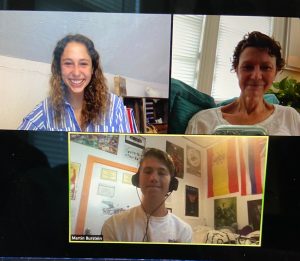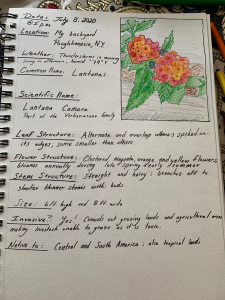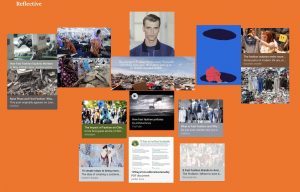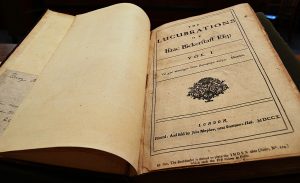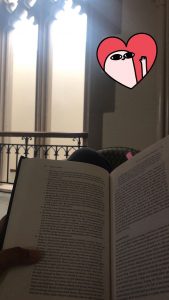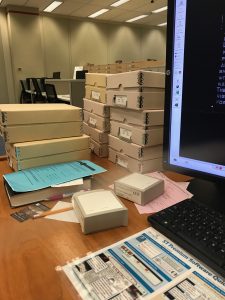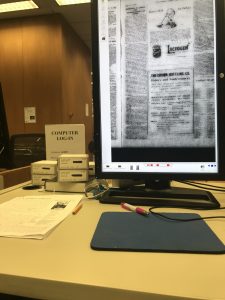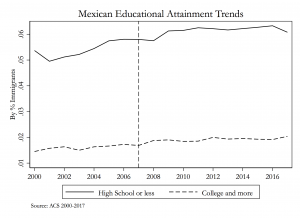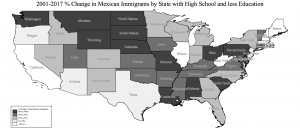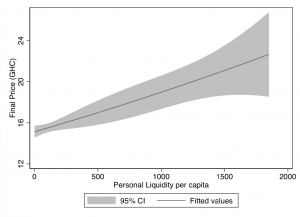Professor Maria Höhn, Huda Rahman ‘23, and Professor Christopher Bjork, Ilia Mahns ‘23
The purpose of our project was to introduce methods of research and modes of collaboration in preparation for our trip to Malaysia through the Consortium on Forced Migration, Displacement, and Education. Given the pandemic, we were unable to do the groundwork we had hoped to accomplish. Instead, with the guidance of Professor Maria Höhn and post-baccalaureate fellow Matthew Brill-Carlat, we explored refugee models of education alongside various community-engaged partnerships. Our research seeks to advance the Consortium’s development.
Aside from the Ford Scholar framework, our project is supported by the Andrew W. Mellon Foundation, which also funds Vassar’s New Americans summer program, designed to support refugee high school students in pursuing higher-ed. During the summer, we researched how this might be expanded to include winter and spring break programming focused on the college application process.
We researched mutual enrollment programs between different higher education institutions. Oftentimes immigrant and refugee students pursue an education at community colleges due to interlocking hardships including, financial and linguistic challenges. We are working towards developing community-engaged learning opportunities that foster cross-campus relations between Vassar and DCC.
Throughout our research, we attended several Zoom workshops concerning refugee education, hosted by both government and local organizations. There was a lot to learn from grassroots organizations, especially concerning forms of creative expression related to mental health. We have seen the importance of incorporating art and therapeutic practices in ensuring feelings of well-being and belonging within vulnerable communities.
Our research allowed us to observe patterns in online platforms and digital scholarship while gathering resources for education models and mental health intervention in Malaysia. This has informed us in further developing community-outreach and summer initiatives that hopefully can become applicable to our college.
New Americans Program- Summer of 2019 | Taken by Professor Höhn
Valley Scholars Initiative by Julián Aguilar, Vassar ‘23
World Refugee Day 2020 slide shared over zoom| Taken by ilia Mahns
Common Threads Art Exhibit of Story Cloths

